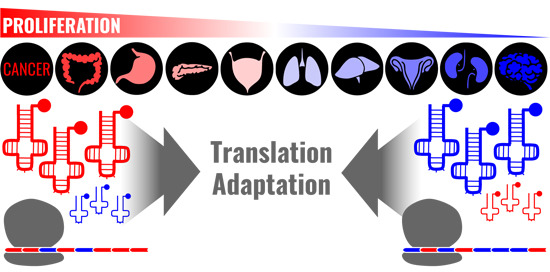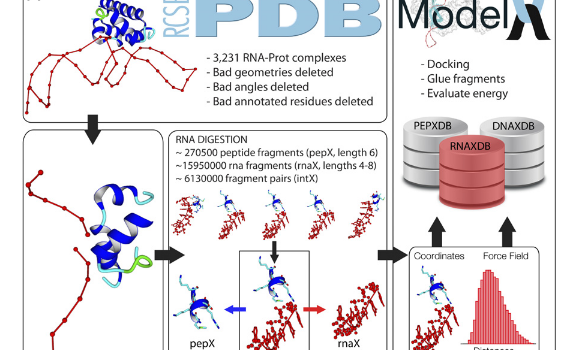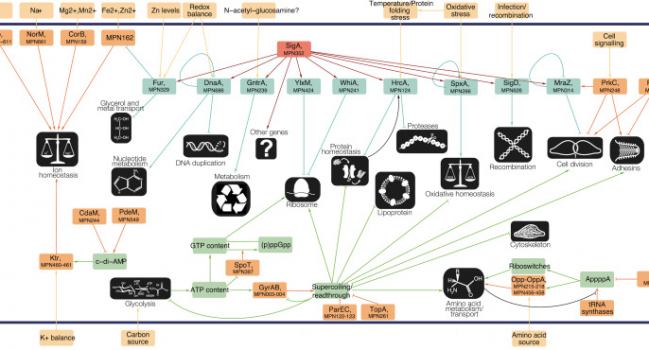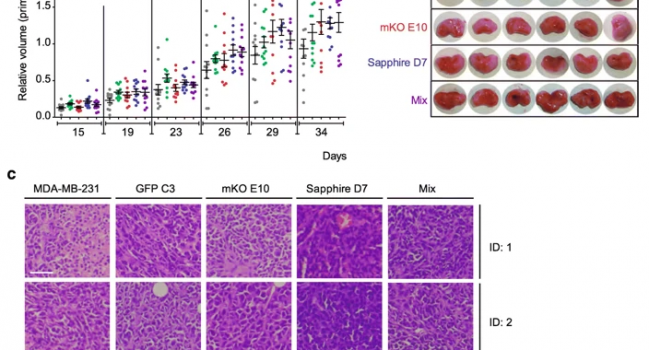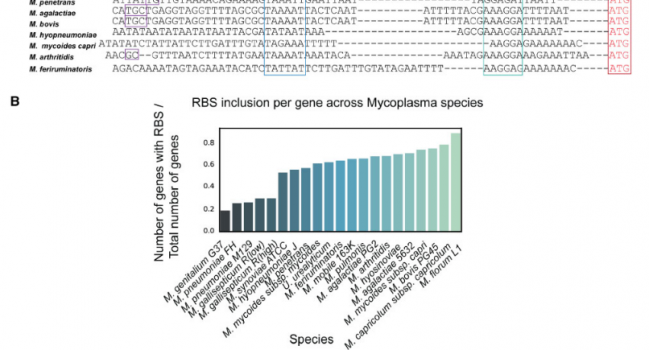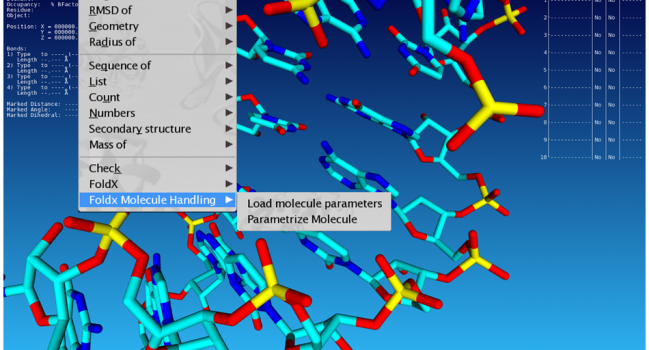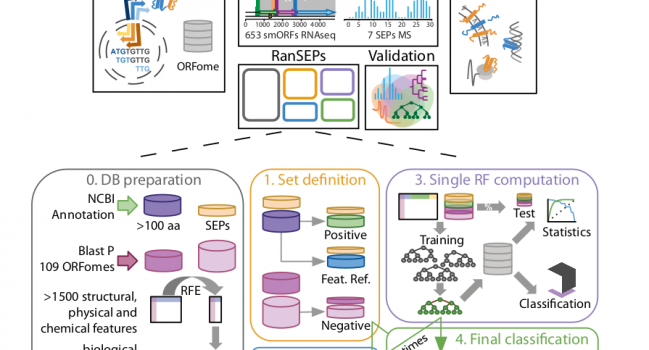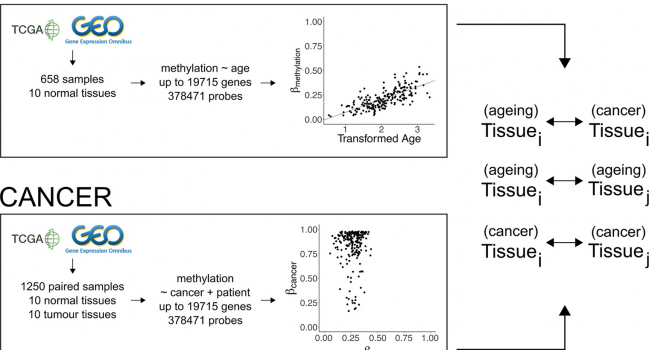Translational efficiency across healthy and tumor tissues is proliferation-related
Abstract: Different tissues express genes with particular codon usage and anticodon tRNA repertoires. However, the codon–anticodon co‐adaptation in humans is not completely understood, nor is its effect on tissue‐specific protein levels. Here, we first validated the accuracy of small RNA‐seq for tRNA quantification across five human cell lines. We then …

